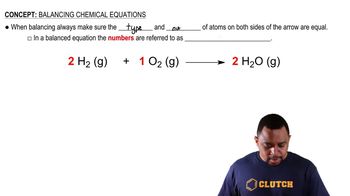Open Question
Calculate the mass of octane, C8H18, that must be burned in air to evolve the same quantity of energy as produced by the fusion of 1.0 g of hydrogen in the following fusion reaction: 4 1^1H → 4 2He + 2 0^1e. Assume that all the products of the combustion of octane are in their gas phases. Use data from Exercise 21.50, Appendix C, and the inside covers of the text. The standard enthalpy of formation of octane is -250.1 kJ/mol.




